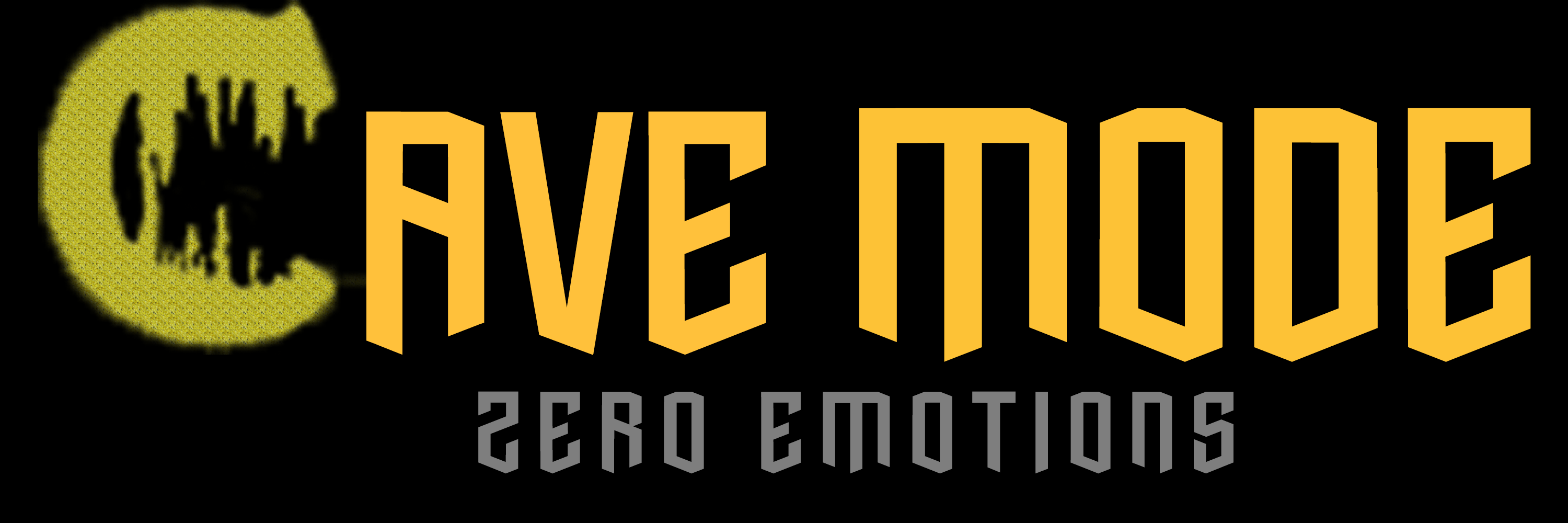Ghrelin is a human appetite hormone that controls the amount of food eaten, regulates intestinal motility and affects the synthesis of insulin and growth hormone. In the absence of food, the stomach produces ghrelin – a direct signal to brain neurons for actions related to the search for food.
Often people try to “trick” ghrelin into thinking that it will help them lose weight – but obese people tend to have lower levels of this hormone. The production of ghrelin is closely related to the production of leptin – in fact, they are antagonists, playing a role in this context.
Ghrelin – what is it?

The human gastric mucosa primarily produces ghrelin (or lenomorelin), a peptide hormone. Small amounts of this hormone are also synthesized in the duodenum, small intestine, pancreas, brain, and lungs.
The body begins to produce ghrelin a few hours after a lack of food and starvation – and immediately after a meal, the level of this hormone decreases. Moreover, the level of ghrelin is opposite to the level of leptin. Leptin, called the satiety hormone, rises after eating and decreases when you are hungry.
Studies show that injecting ghrelin directly into the body is directly related to the amount of food consumed – the more hormone is injected, the more food is eaten. At the same time, ghrelin does not affect the increase in a single meal volume – but increases the frequency of meals.
Who discovered it?
Masayasu Koijima discovered ghrelin in 1999 as an endogenous receptor capable of stimulating the release of growth hormone. Actually, the name is based on its function – the first letters ghrelin refer to GH (growth hormone), and the lin suffix is typical for peptide hormones.
In 2000, scientists found that ghrelin regulates food intake in general (and glucose metabolism in particular), as well as body weight – and weight gain. Researchers further described the ability of ghrelin to influence taste sensations, sleep modulation, and even reward-seeking behavior.
Association with obesity

On the one hand, weight gain is associated with chronically high levels of ghrelin – it leads to a constant feeling of hunger and excessive calorie consumption. On the other hand, obesity is usually characterized by low levels of ghrelin – indicating changes in tissue sensitivity.
By balancing the production of ghrelin, leptin, and insulin, the body is able to maintain a stable body weight.If a person’s metabolism is disturbed, they may feel the need to snack, regardless of the actual needs of the body – which can lead to overeating and weight gain.
Ghrelin and fasting
One of the typical causes of impaired ghrelin production is regular refusal to eat and following low-calorie diets (especially mono-diet on buckwheat, kefir, etc.). The hormone’s potential also plays a role as it increases, provoking stronger hunger (and even forcing a person to wake up from the desire to eat).
However, it should be noted that critical changes in the level of ghrelin do not occur immediately – but only after a few days. It is for this reason that intermittent fasting (for example, on a 16/8 regimen) has a positive effect on the ability to control appetite.
How to improve the production of ghrelin?

Once again, it is dangerous to try to “block” ghrelin with various drugs. An increased ability of the body to respond to food stimuli is often the problem with excess weight, not excessive production of this hormone (in reality, it is synthesized less).
The relationship between ghrelin and insulin plays a separate role. Regular and uncontrolled consumption of fast carbohydrates (especially against the background of a sedentary lifestyle) disrupts the body’s ability to properly use energy – forming cravings for sweets and increasing the set of visceral fat.
How to normalize ghrelin:
- Monitor your sleep quality. Lack of (or poor quality) sleep affects not only the production of ghrelin but also the production of the stress hormone cortisol – as well as cravings for fast carbohydrates.
- Exercise regularly. An increase in muscle mass is associated with an improvement in the body’s ability to use calories for metabolic needs, rather than gaining excess weight.
- Eat more protein and fiber. A low-carbohydrate diet rich in dietary fiber and protein is more effective for weight maintenance than a carbohydrate-based diet.
- Avoid high glycemic carbohydrates. Sugar and other fast carbohydrates affect the production of insulin – and the formation of resistance to the hormones of hunger and appetite.
- Avoid gaining excess weight. Visceral fat that accumulates in the internal cavity of the stomach and squeezes the stomach forward is able to produce the hormone leptin, affecting appetite.
- Instead of dieting, use calorie rotation. If you want to lose weight, alternate periods of normal and low-carb meals – or practice intermittent fasting.
The stomach primarily produces ghrelin, which is a hunger hormone. It has a complex effect on metabolism, activating food search mechanisms. However, for weight loss, it is not enough to reduce ghrelin – both the work of other hormones (insulin and leptin) and tissue sensitivity play a role.

